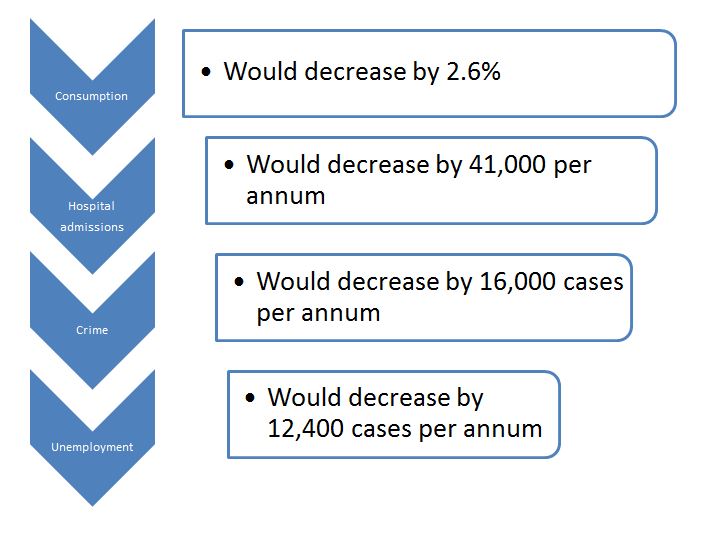Professor Rachel Armstrong is Professor of Experimental Architecture in the School of Architecture, Planning and Landscape, and her Idea for an Incoming Government is to put the A back into STEM education. In British education, but also in our society, the arts play a part that fundamentally enriches, and Professor Armstrong urges an incoming government not to allow our cultural landscape to turn into a tedious shade of grey. Read about the Institute for Social Renewal’s other contributions to policy on our website.
What’s the problem?
In a technologically advanced age, STEM (Science Technology Engineering and Mathematics) subjects are regarded as a fundamental way to boost the technological competence of our workforce. As a result, they have taken a central position in British education. While the original educational concerns that forged STEM promoted a more widespread uptake of these subjects, other commentators suggest that the term embodies synergies between these disciplines, which highlight the importance of cross-disciplinary collaborations in the innovation process.
After a period of activism where the innovative potential of collaborative practices invited the introduction of ‘A’ for arts into the acronym shortly after its conception, we find that our core competencies are abbreviated back down to ‘left’ brain activities. While absolute distinctions between ‘left’ (logical) and ‘right’ (creative) in itself is a controversial claim, the generalization symbolizes broad differences between the sciences and arts. The consequences, unintentional or otherwise, of omitting the ‘A’ may push us back to the Enlightenment views of a knowledge dichotomy that Snow challenged over half a century ago in his 1959, Two Cultures Rede lecture.
Presumably, the climate that has allowed the arts to wither from centre-stage education relates to a streamlining of investment that appears more directly related to immediate returns in employment, global competitiveness and economic growth. Newcastle City Council is living testimony to such measures, having had its creative arts funding slashed by 50% in 2013, provoking widespread outcry.
The solution
It is imperative that ‘A’ is immediately reinstated. Even Ada Lovelace herself, who is attributed to designing the first computer program and has become a figurehead for the recruitment of young women into STEM subjects, advocated a ‘poetical science’. It is also not sufficient to assume that the creativity associated with the arts and humanities will inevitably be infused into scientific subjects without specifically creating funded opportunities for this to occur and to keep on happening.
Moreover, justifying arts in purely utilitarian terms such as facilitating technological innovation and leadership in an efficient workforce completely fails to acknowledge their enduring enrichment of society and culture. Additionally, the future of the arts should be in no way enslaved to its enlistment to STEAM.
The evidence
Civilizations are more than a function of their economic growth. Their vigour is acquired through the hearts of their communities – and passions are not won by facts. So, while science claims a necessary position of neutrality, objectivity and distance from their studies, the arts are deeply immersed in their subjects. The objective goal of achieving technological advancement without investing in shared values will only take us so far in uniting people.
In this age of great challenges, it is imperative that we can think beyond the limits of rational solutions and deal with the uncertainties of our situation by venturing into unknown territories. The consequences of starving our students and civic communities of these skills are far more insidious and enduring than facing any financial crisis.
STEAM is not just a procedural set of issues aimed at managing the meaningful integration of arts with science but also draws attention to investments made in the arts at a national and European governmental level. The scientification of our society is embodied in a recent international conference entitled ‘The future of Europe is Science’ that proposed to address subjects such as ‘How will we keep healthy? How are we going to live, learn, work and interact in the future? How will we produce and consume and how will we manage resources?’. While many aspects of our lives can (within limits) be evaluated objectively, such as average income, or employment statistics, these questions cannot be exclusively served through an objective, empirical scientific analysis. Indeed, a Europe without humanities and arts feels a chillingly soulless place. Right now, we are faced with spreading neoliberal malignancy that is turning our cultural landscape into a tedious shade of grey. It is reducing our daily lives to the pursuit of one bottom line – money – where we are aware of the cost of everything and the value of nothing.
If we are to survive what is likely to be an extremely challenging century, where we face many contradictions that do not clearly present us with logical solutions, such as reducing the gap between the have and have not’s, tackling dramatic weather changes, combating drastic resource challenges and managing ideological conflicts, then we’ll need to be extremely imaginative across all disciplines. It is only through actively nurturing creativity from an early age that we will be able to do more with less, produce new kinds of value, work productively in partnership with nature and find new ways of working within constraints.
Importantly, while we actively acknowledge our limits, we must also relentlessly pursue new ways to transcend them. This simply cannot be done purely objectively. It requires personal investment, which means believing in common goals and embracing the seemingly impossible. If we are to protect and restore our heritage, our community and our faith in humankind then we need a different toolset that creates a counterbalance within STEM, one that that refuses to be answerable to sciences, yet also has the capacity to potentiate them, so that we can remain critical of developments – while also fulfilling our passions.
We should indeed build on firm foundations that ensure that our workforce, leaders and next generations have the intellectual and practical skills to be competitive on a global scale, but we must also sow the seeds of our culture with the imaginative flexibility to deal with the unknown, uphold a humane quality of life and to invent into new spaces that have never before existed. So, let us not forget the broader needs of our society when thinking about our institutional goals, national productivity and shared futures – and urgently invest in the creative capacity of people by putting the ‘A’ back into STEM.











